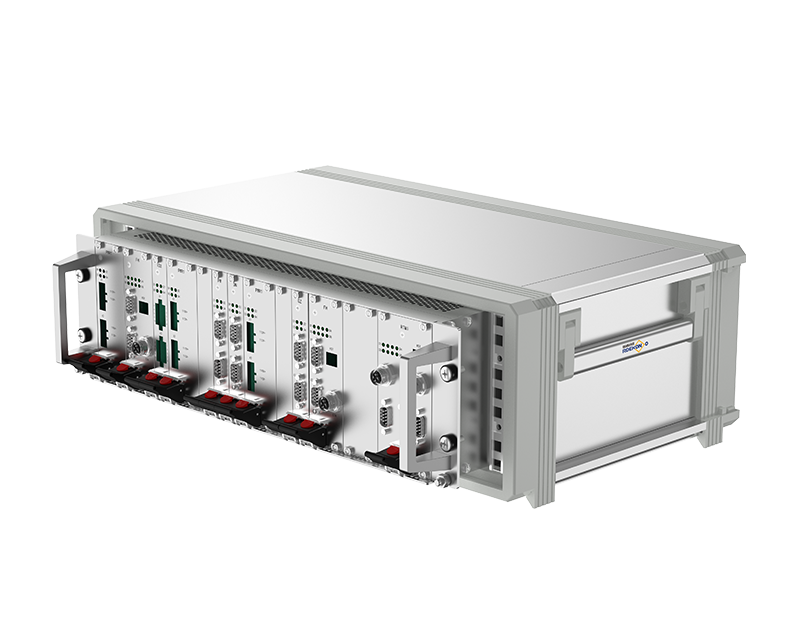What Is the Subrack?
In the realm of electronic systems, a subrack plays a pivotal role as a structural component that provides support, organization, and integration for various electronic modules. Also known as a subrack chassis or card cage, this essential element contributes significantly to the functionality and modularity of electronic systems across diverse applications.
Understanding the Subrack Structure
A subrack typically consists of a rigid frame or enclosure featuring multiple slots or bays. These slots are designed to hold various electronic modules or cards, including printed circuit boards (PCBs), power supplies, processors, communication interfaces, and other components essential for the operation of the electronic system.
The Modular Advantage
One of the primary advantages of a subrack is its modular design. The slots or bays enable the installation and interconnection of various electronic modules. This modularity facilitates easy customization, maintenance, and upgrades, offering flexibility to adapt to evolving technological requirements.
Role in Electronic Systems
The subrack acts as a central housing and support structure for electronic components, enhancing the organization and reliability of electronic systems. It not only physically secures the modules but also facilitates electrical connections between them. This organized arrangement simplifies troubleshooting, maintenance, and replacement of individual modules without affecting the entire system.
Key Features of Subracks
Subracks are designed with several key features to optimize their functionality:
- Slot Configuration: The number and arrangement of slots in a subrack depend on the specific requirements of the electronic system.
- Cooling and Ventilation: Many subracks are equipped with features to facilitate proper cooling, ensuring that electronic components operate within their temperature limits.
- Front and Rear Panels: Subracks typically have front and rear panels with cutouts for connectors, displays, and other interface elements, allowing for easy access and visibility.
- Mounting Options: Subracks can be installed on racks or enclosures, providing a standardized method for integrating electronic systems into larger setups.
Applications of Subracks
The versatility of subracks is evident in a wide range of applications, including but not limited to:
- Telecommunications: Subracks are commonly used in telecom infrastructure to house communication modules, processors, and power supplies.
- Data Centers: In data centers, subracks contribute to organizing and managing servers, storage units, and networking equipment.
- Industrial Automation: Subracks are crucial in industrial automation systems, providing a structured platform for control modules and interfaces.
- Test and Measurement Equipment: Electronic test equipment often incorporates subracks to accommodate various testing modules and instrumentation.
Conclusion
The subrack stands as an unsung hero in the world of electronic systems, providing the structural foundation and organizational framework necessary for seamless integration of diverse electronic modules. Its modular design, versatility, and role in enhancing system flexibility make it an indispensable component in applications ranging from telecommunications to industrial automation and beyond.
As electronic systems continue to advance, the subrack remains a fundamental element, significantly contributing to the reliability and adaptability of the technologies that shape our interconnected world.


